If you're a sushi lover, then you're no doubt familiar with the green, hot paste called wasabi. But what else do you know about the wasabi plant? Did you know that you can actually grow wasabi and that it's a root? If you're looking to grow something a little more different and exotic, you may consider learning how to grow wasabi root, and then make your own wasabi paste!
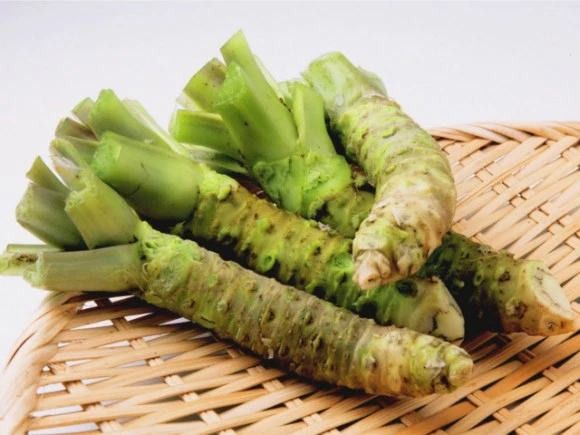
The only downside? The wasabi plant is actually quite difficult to grow, and some say that it's the one of THE most difficult plants to grow. This is because wasabi needs a humid, temperate environment, and so the growing conditions need to be JUST right! Additionally, when grown in large quantities, wasabi is also susceptible to disease. But, if you're looking to grow some a little different and you're up for a challenge, growing wasabi should be at the top of your list. After all, nothing matches its amazing flavor!
The green paste is derived from the wasabi root, which is in the same family as cabbage, mustard, and horseradish. In many countries, wasabi is actually referred to as Japanese horseradish. Unfortunately, most of us have actually never even consume REAL wasabi paste, and that's because it's actually very expensive. The stuff we eat when we go out for sushi is actually just imitation wasabi. In North America particularly, restaurants will substitute wasabi for a mock version made with horseradish, soy sauce, mustard, and anchovy. To get that bright green color, they'll also use food coloring.
So how easy is it to grow the wasabi plant, what type of climate do you need, and how do you make wasabi paste once its all said and done? Keep reading to find out how to grow the wasabi plant in your garden with this easy to follow gardening guide!
How to Grow Wasabi Root in Your Garden
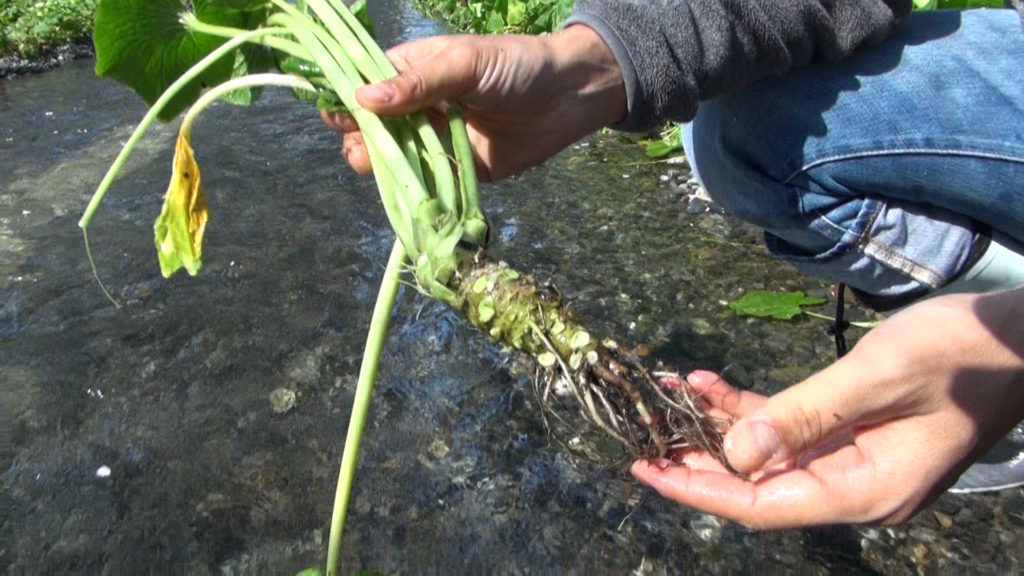
Wasabi plants are native perennials that are usually found along stream beds and mountain river valleys in Japan. But did you know that there are several wasabi varieties? These wasabi plants can all have different tastes and spiciness levels.
- Wasabia Japonica
- Cochlearia Wasabi
- Wasabi Koreana
- Wasabi Tetsuigi
- Eutrema Japonica
Whichever variety you choose to grow though, the planting instructions will be the same or very similar as long as you have the right climate.
Planting Wasabi Root:
- Plant wasabi rhizomes in loose, organic soil. The soil should be somewhat moist.
- pH should be between 6 and 7.
- For the wasabi root to thrive, we recommend you plant in a full shade area of your garden, or even better, near a pond or stream beds. You'll get amazingly fresh wasabi this way!
- Before planting, soak the roots in cool water and remove any damaged leaves.
- Plant the wasabi root in the spring once outdoor temperatures have reached 50-60F (10-16C).
- Space each plant 12 inches apart.
- Alternatively, you can also plant wasabi roots in containers.
- Start off with a 6-inch pot filled with organic soil, and then transplant after a year to a 12-inch pot.
- Increase drainage by placing sand at the bottom of the pot.
- Water your wasabi plants thoroughly and frequently and mulch around the plants to retain moisture. Wasabi prefers a moist environment, so that's why it would be ideal to grow wasabi plants near stream beds.
- On an actual wasabi farm, the plants are placed on stream beds, similar to cranberry bogs.
Wasabi Root Care:
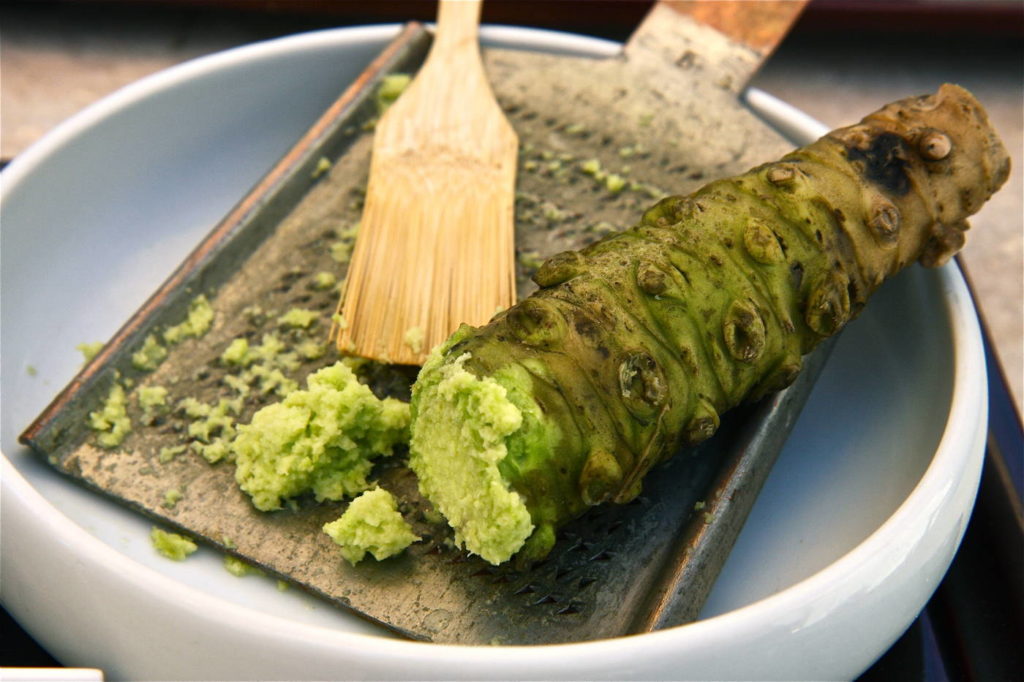
- Cut back any wilted leaves or stems on the plant.
- Remove any weeds that may grow around the plant, and constantly check for snails and slugs.
- Apply a slow release 12-12-12 fertilizer every 3-4 months. Using a fertilizer high in sulfur may increase flavor and spiciness!
How to Harvest Wasabi:
- Harvest your wasabi root in the spring or autumn when temperatures are cool. Wasabi prefers cooler air temperature when harvested.
- Your wasabi roots are usually ready for harvest 2 years after the rhizomes have been planted.
- When harvesting, simply uproot the plant.
- Clean the plant and remove the wasabi leaves.
- For best results, only cut as much as you need of the rhizome. After a few hours, the strong flavor of the wasabi will go away, so it's best to only cut a little bit at a time.
- You can keep fresh wasabi in the refrigerator for a month or two before it begins to rot.
- To keep the wasabi freshers for longer, create wasabi powder. Do this by drying out the fresh wasabi and grinding it into powder.
- Additionally, you can also make wasabi paste by mixing the powder with a little bit of water.
How to Make Wasabi Paste from the Wasabi Plant:
So now that you've successfully grown your very own wasabi plant, it's time to make the paste! Making your own wasabi paste is actually really easy once you have the wasabi root or rhizome.
Simply use a fine grater (like the one in the above image) to grate the wasabi root. Add the grated wasabi to a mortar and pestle to further break down the plant and make a smooth and creamy paste.
Wasabi Plant Pests and Diseases:
Wasabi plants can be susceptible to some diseases such as root rot, leaf spot, rhizome rot, and petiole blight. Keep a diligent eye out for any or all of the aforementioned diseases. Attention to detail and care are the key to growing wasabi plants.
Tips and Tricks for Growing Wasabi:
- Wasabi grows best in high humidity conditions and does not like dry, hot weather.
- Store wasabi seeds in the fridge until ready to be planted.
- Wasabi seeds are not easy to find. Visit your local farmers or your local Chinese or Japanese grocery store to see if you can get your hands on some seeds.
- Never leave the wasabi plant to sit in waterlogged soil. Black rot can set in and ruin the crop.
- Keep an eye out for slugs. In the early stages of growing, wasabi plants will attract slugs. Be sure to remove them immediately.
- If you have cats, keep an eye out on your plant – cats seem to like wasabi leaves.
- Keep an eye out for aphids.
Want to learn more about the wasabi plant? Check out this wasabi farm (one of only 4 in North America!) courtesy of Food Farmer Eather.
Like this post? Share and Pin 🙂

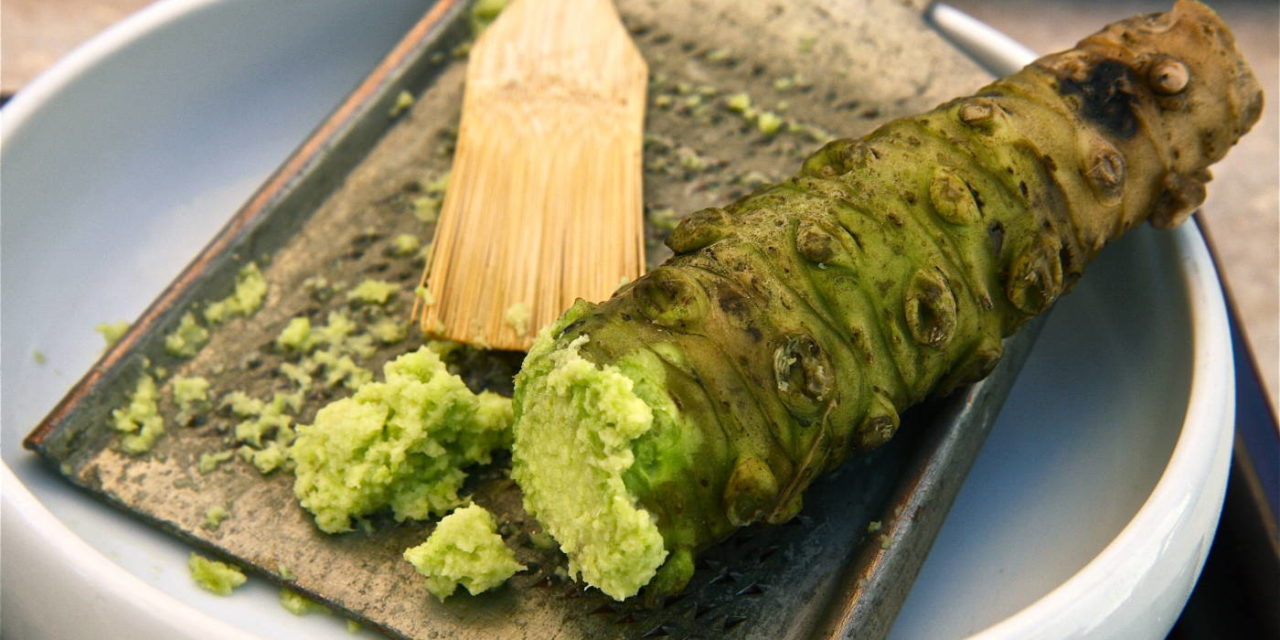



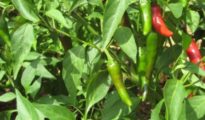














Why is real wasabi so expensive?
Hi Dean! Real wasabi is extremely expensive, and comes in at about $160 per kilogram. This is because wasabi is very hard to grow, especially commercially. It is deemed that wasabi is actually the hardest crop to grow commercially.